This is the most exciting time to be alive in history. Discovery and innovation are reshaping the world around us, and Popular Science makes even the most complex ideas entertaining and accessible. We deliver the future now.
The Life of Popular Science • AN ALGORITHMIC AVERAGE OF OUR COVERS’ COLORS FROM 1917 TO 2018
FIVE FOR ONE
BEGIN
What’s life?
we’re really bad at making babies
THE LONGEST HAUL • Proxima b, our nearest neighboring exoplanet, is almost 25 trillion miles away. Even one of our fastest spaceships—the 31,600-mile-per-hour New Horizons—would take hundreds of thousands of years to get there. Assuming we can’t figure out how to warp space-time (seems unlikely, but fingers crossed), we’re still looking at a couple-hundred-year trip in the best-case scenario, which leads to the real problem: No human crew could survive the entire ride. Science-fiction writers have long floated so-called generation ships as a solution. Designers would outfit these interplanetary cruise vessels to support a community of adults and their children, and their children’s children, and their children’s children’s children…until humanity finally reaches a new celestial shore. Here’s our best guess for what it would take to sow the seeds of an extrasolar species.
ALIEN HUMANS
SON OF SUDAN • A frantic quest to save the northern white rhino from extinction
Welcome to SPRINGFIELD • THE SUBURBAN DREAM WASHES UP AGAINST NATURE’S REALITY
SEED SOLVERS
NO SQUIRRELS ALLOWED
Tasting my way to a new apple • BRUCE BARRITT, HORTICULTURIST AND DEVELOPER OF THE COSMIC CRISP
I’m raising the dog of the future • CLAUDIA MELIS, LUNDEHUND OWNER AND ASSOCIATE PROFESSOR AT QUEEN MAUD UNIVERSITY COLLEGE OF EARLY CHILDHOOD EDUCATION
SPROUT
Leave those kids alone • How a few members of the animal kingdom handle the transition to adulthood
Teenage dream
How to breed the perfect apple • Planting apples is a game of chance in which every seed is a wild card. The pome’s genetics are so diverse that kernels from the same core sprout into entirely different varieties. Though all cultivars are the same species, we’ve bred them into more than 7,000 types. Growers must select the best and graft their branches onto new trees to propagate each distinct fruit. Farmers have been doing this since we first domesticated the apple some 2,000 years ago. Here’s how we developed some of the varieties.
Something Borrowed • Pioneering surgeons have made it possible to transplant a human uterus that can bear children—offering hope to millions of infertile women who never thought they could give birth.
How to Relocate a Uterus • A womb isn’t loyal to its original surroundings. As researchers have demonstrated, a uterus will nurture a baby regardless of the body that hosts it. But finding a viable organ—and then applying meticulous suturing skills—is the challenge. Here’s how surgeons go about transplanting one of the most amazing structures in the human corpus.
SPROUT
INFANT OASIS
Sex, drugs, and baby koalas • KATIE DAHLHAUSEN, BIOPHYSICS PH.D. CANDIDATE AT UC DAVIS
No big deal, i just saved a child’s life • BETINA AUSTIN, NEONATAL NURSE WITH DOCTORS WITHOUT BORDERS
See spot? what about now?
GROW
Have your cow and eat it too
Watch a revolution grow from tweet to tweet
SALAD • DAYS • AND • DEEP • SPACE • NIGHTS • Can gardens help astronauts go farther?
Green Space • TWO SYSTEMS—ONE HANDS-ON, ONE AUTOMATED—FOR GROWING PLANTS IN SPACE
FOURTEEN YEARS LATER
LIVES, CAMERA, ACTION
MAKING STRETCH HAPPEN
I created the first digital meme • MICHAEL GIRARD, DIGITAL ARTIST AND SOFTWARE ARCHITECT AT SUBLIMINAL FRINGE
How...

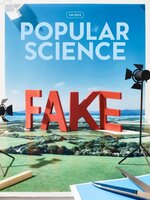 Fall 2023
Fall 2023
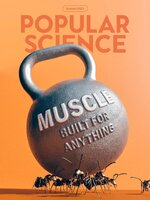 Summer 2023
Summer 2023
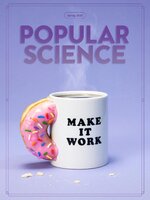 Spring 2023
Spring 2023
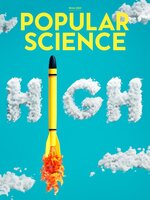 Winter 2022
Winter 2022
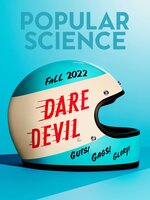 Fall 2022
Fall 2022
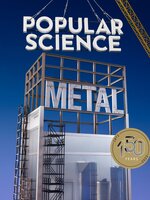 Summer 2022
Summer 2022
 Spring 2022
Spring 2022
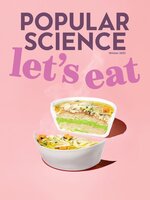 Winter 2021
Winter 2021
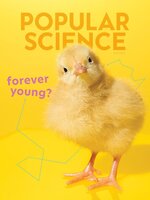 Fall 2021
Fall 2021
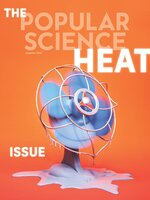 Summer 2021
Summer 2021
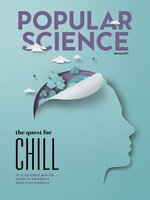 Spring 2021
Spring 2021
